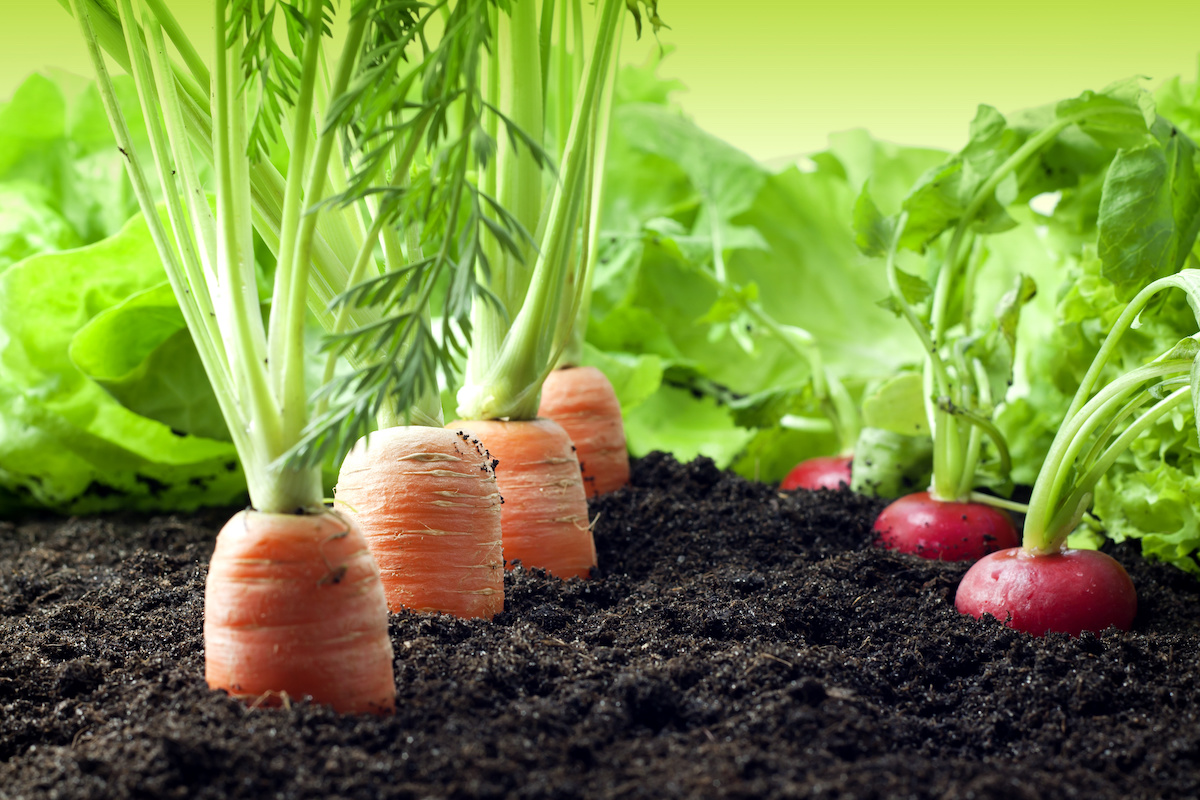
Carrot Companion Plants: Enhancing Growth and Flavor
Carrots are a staple in many vegetable gardens, prized for their versatility, nutritional value, and delicious flavor. However, growing carrots can be challenging due to various pests and diseases that can affect their growth and yield. One effective way to combat these issues and promote the health of your carrot crop is through companion planting. In this comprehensive guide, we’ll explore the benefits of companion planting for carrots, the best plants to grow alongside them, and how to create a thriving, balanced garden ecosystem.
The Benefits of Companion Planting for Carrots
Companion planting is the practice of growing different plants in close proximity to one another, with the goal of creating a mutually beneficial relationship. When it comes to carrots, companion planting offers several advantages:
- Pest Control: Certain plants can help deter pests that commonly target carrots, such as carrot flies, aphids, and nematodes. By strategically placing these plants around your carrot bed, you can create a natural barrier against these destructive insects.
- Soil Improvement: Some companion plants can help improve the soil quality for carrots. For example, legumes like peas and beans can fix nitrogen in the soil, providing essential nutrients for carrot growth. Other plants, like radishes, can help break up compacted soil, making it easier for carrot roots to penetrate and thrive.
- Weed Suppression: Companion plants can help reduce weed growth around your carrot bed, minimizing competition for resources and ensuring that your carrots receive the nutrients and moisture they need.
- Flavor Enhancement: Believe it or not, certain companion plants can actually improve the flavor of your carrots. Marigolds, for instance, are known to increase the carotenoid and sugar content of carrots, resulting in sweeter, more delicious roots.
- Biodiversity: By incorporating a variety of plants into your garden, you can create a more balanced ecosystem that attracts beneficial insects, such as ladybugs, lacewings, and parasitic wasps. These insects prey on common carrot pests, helping to keep their populations in check.
Best Carrot Companion Plants
Now that you understand the benefits of companion planting for carrots, let’s dive into the best plants to grow alongside your carrot crop:
- Alliums: Onions, garlic, chives, and leeks are excellent companions for carrots. Their strong scents help deter carrot flies and other pests that target carrots.
- Tomatoes: While tomatoes and carrots have different growing seasons, they can still benefit each other when planted together. Tomatoes provide shade for heat-sensitive carrots and may also help repel pests with their natural insecticide, solanine.
- Radishes: Radishes mature quickly and can help break up the soil for slower-growing carrots. They also help deter carrot flies and other harmful pests.
- Lettuce and Spinach: These leafy greens have shallow root systems that are compatible with carrots. They also mature at different rates, reducing competition for resources.
- Marigolds: The strong scent of marigolds helps repel nematodes and carrot flies, while also attracting beneficial insects like ladybugs and lacewings. Marigolds can also improve the flavor of your carrots by increasing their carotenoid and sugar content.
- Nasturtiums: These vibrant flowers not only deter pests but also enhance the flavor of carrots. Nasturtiums attract beneficial insects and create a more balanced ecosystem in your garden.
- Herbs: Herbs like sage, rosemary, and parsley can help repel carrot flies and attract parasitic wasps, which prey on carrot pests.
- Legumes: Peas and beans can help fix nitrogen in the soil, providing essential nutrients for carrot growth. However, be mindful of spacing to avoid competition for resources.
Companion Planting Strategies
To ensure the success of your carrot companion planting, consider the following strategies:
- Rotate Crops: Practice crop rotation by planting carrots in a different location each year. This helps prevent the buildup of pests and diseases in the soil.
- Timing: Plant your companion plants at the appropriate time to ensure they provide the maximum benefit to your carrots. For example, plant marigolds and nasturtiums early in the season to establish their pest-repelling properties.
- Spacing: Allow enough space between your carrots and companion plants to prevent competition for resources. Follow the recommended spacing guidelines for each plant.
- Diversity: Incorporate a variety of companion plants to create a more diverse and resilient garden ecosystem. Different plants attract different beneficial insects and help control a wider range of pests.
- Mulch: Apply a layer of organic mulch around your carrot bed to help retain moisture, suppress weeds, and improve soil quality. Avoid piling mulch directly against the carrot stems.
Frequently Asked Questions
1. Can companion planting completely replace traditional pest control methods?
While companion planting can significantly reduce the need for traditional pest control methods, it may not completely eliminate the need for other interventions in some cases.
2. How far apart should I plant my carrots and companion plants?
Follow the recommended spacing guidelines for each plant, allowing enough space to prevent competition for resources. As a general rule, plant companion plants at least 6 inches away from your carrot bed.
3. Will companion plants attract unwanted pests to my garden?
Some companion plants may attract pests that are not specifically targeting carrots. However, by creating a diverse garden ecosystem with a variety of plants, you can help maintain a balance between beneficial insects and pests.
4. Can I grow carrots in containers with companion plants?
Yes, you can grow carrots in containers with companion plants. Choose compact, bush-type varieties of companion plants that won’t overwhelm the carrots. Ensure that each plant has enough space to grow without competing for resources.
5. How long does it take for companion plants to start providing benefits to my carrots?
The time it takes for companion plants to start providing benefits can vary depending on the plant and the specific benefit. Some plants, like marigolds and nasturtiums, can start repelling pests within a few weeks of planting. Others, like legumes, may take several weeks to fix nitrogen in the soil and provide nutrients for carrot growth.
Conclusion
Companion planting is a powerful tool for enhancing the growth and flavor of your carrot crop while promoting a healthy, balanced garden ecosystem. By incorporating the right plants into your carrot bed, you can deter pests, improve soil quality, and create a more diverse and resilient garden. Remember to experiment with different companion plants, practice crop rotation, and allow for proper spacing to ensure the success of your carrot companion planting endeavors.


